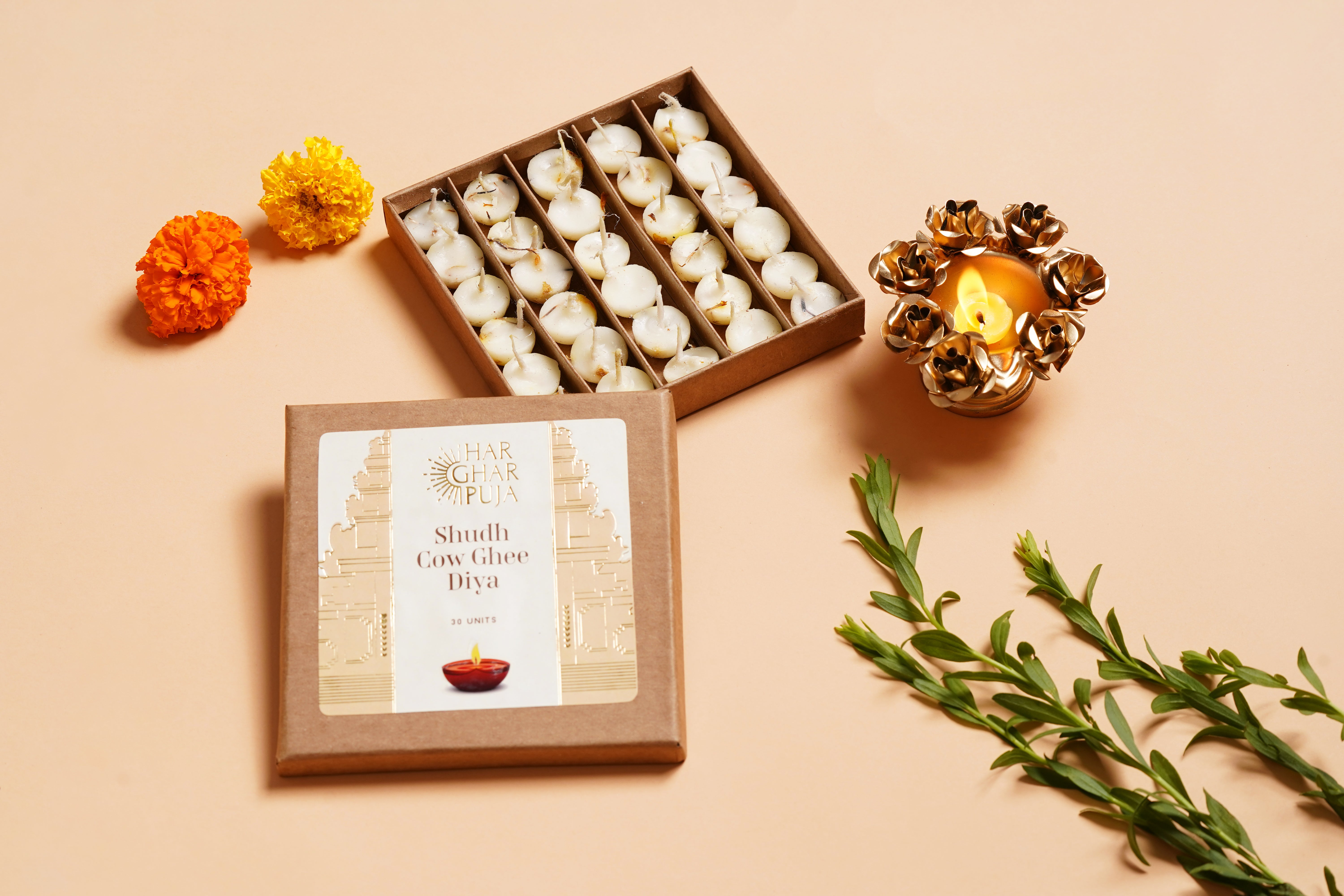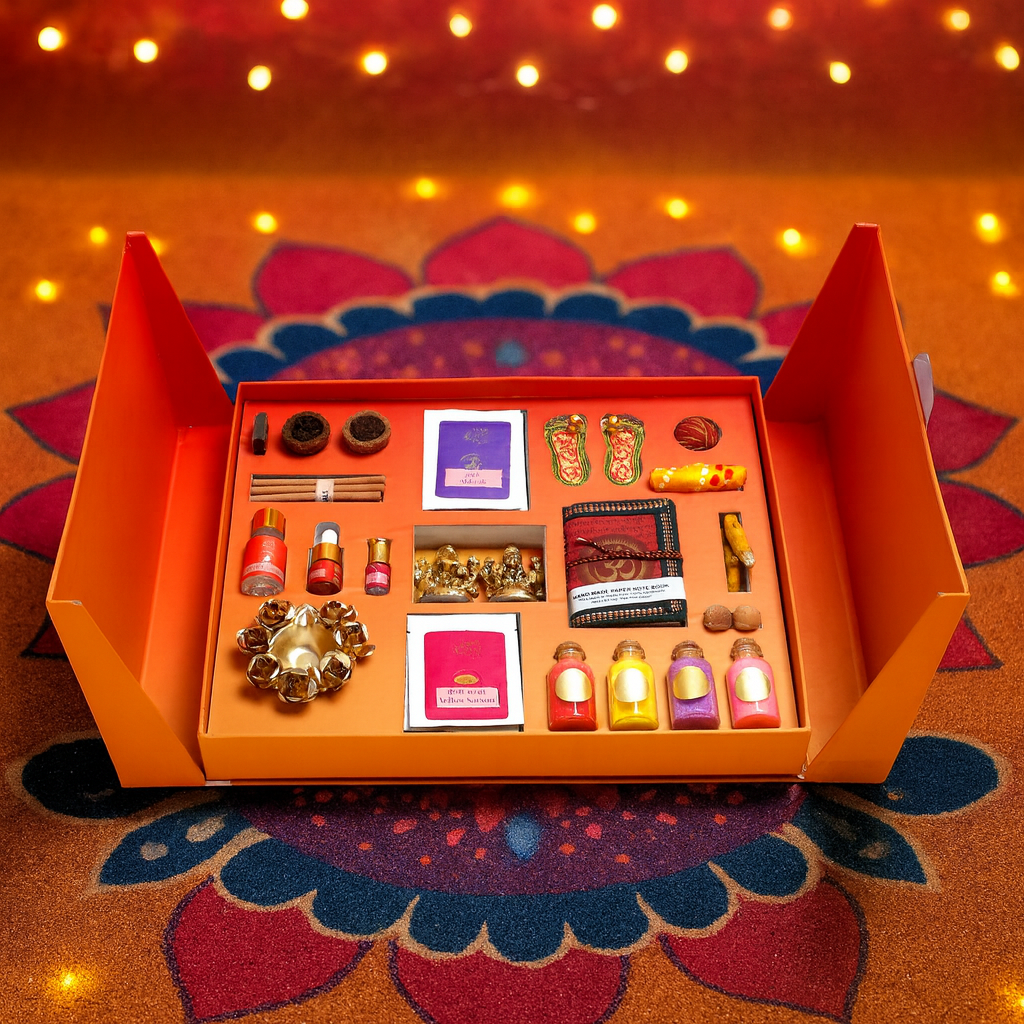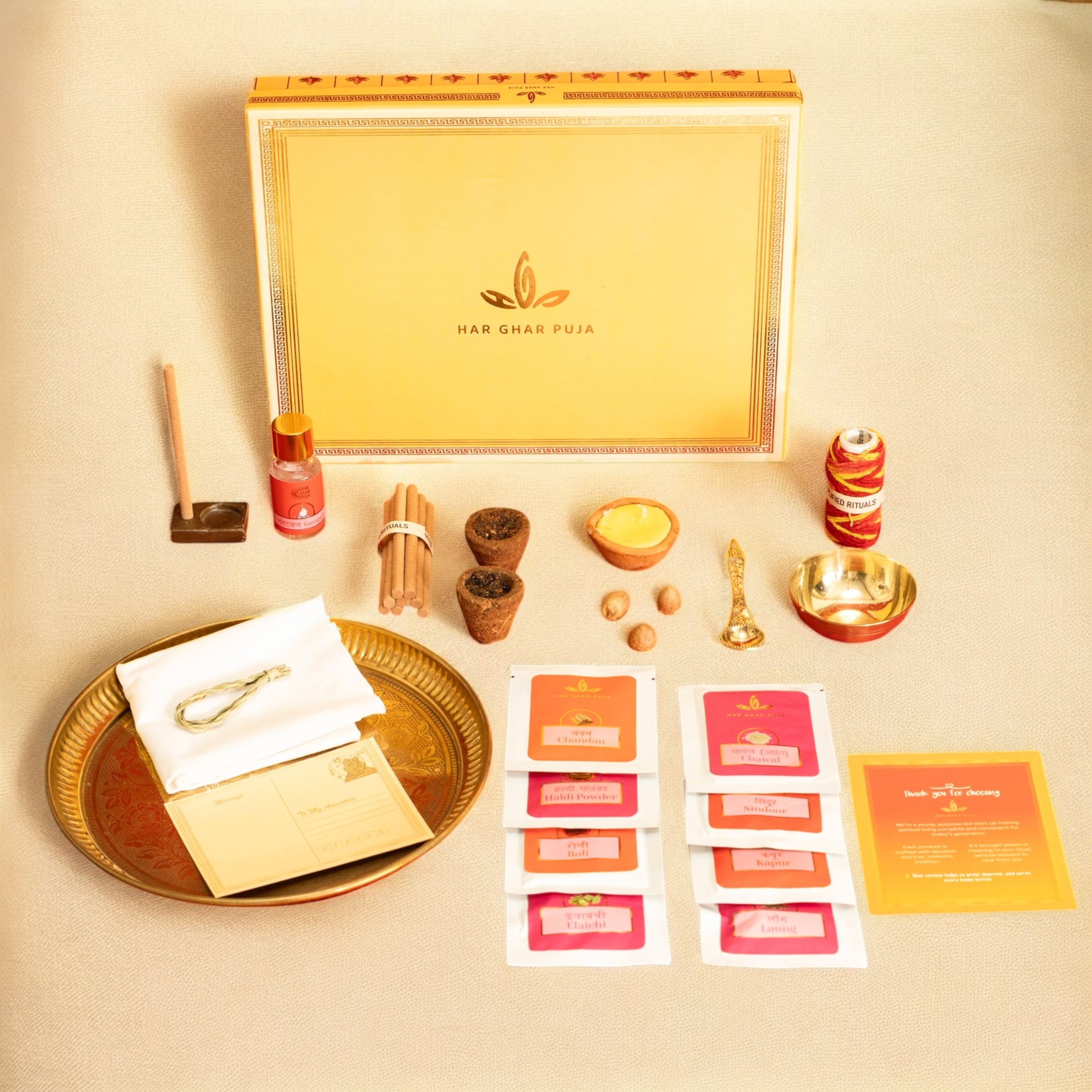Masik Durgashtami is celebrated on the Ashtami (eighth day) of the Shukla Paksha (waxing phase of the moon) every month. On this day, devotees worship Goddess Durga with great devotion. It is believed that by worshipping the Goddess on Durgashtami, all wishes are fulfilled, and any troubles in devotees’ lives are removed. According to tradition, performing the Durgashtami puja with complete rituals pleases the Goddess, who alleviates the devotees’ sufferings. Let’s find out when Durgashtami falls this month and its importance.
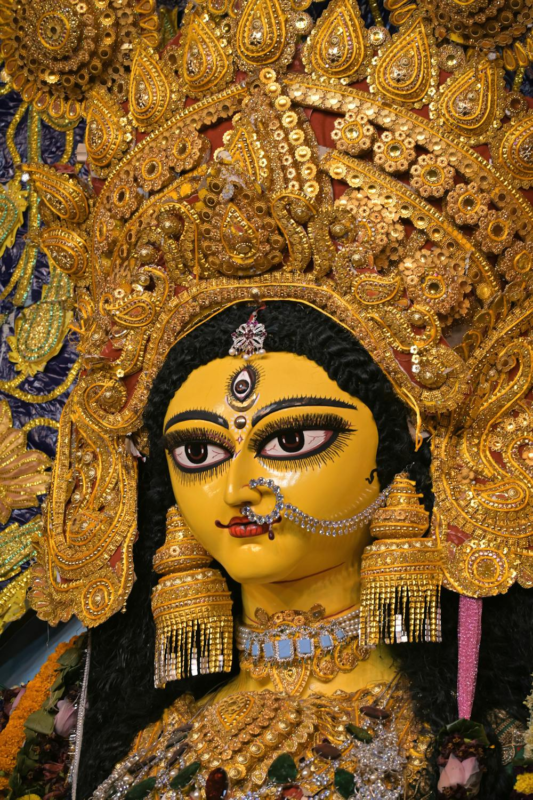
Table of Contents
When is Durgashtami in November?
Among all the Durgashtamis, the Ashtami during the Shukla Paksha in the month of Ashwin is considered the most popular, known as “Maha Ashtami” or simply “Durga Ashtami.” It falls within the last five days of the nine-day Navratri festival. In October, Durgashtami was observed on the 11th, and this month, it will be observed on Saturday, November 9.
Auspicious Timing for Durgashtami
According to the Hindu calendar, the Durgashtami fast begins on November 8 at 11:56 PM and ends on November 9 at 10:45 PM.
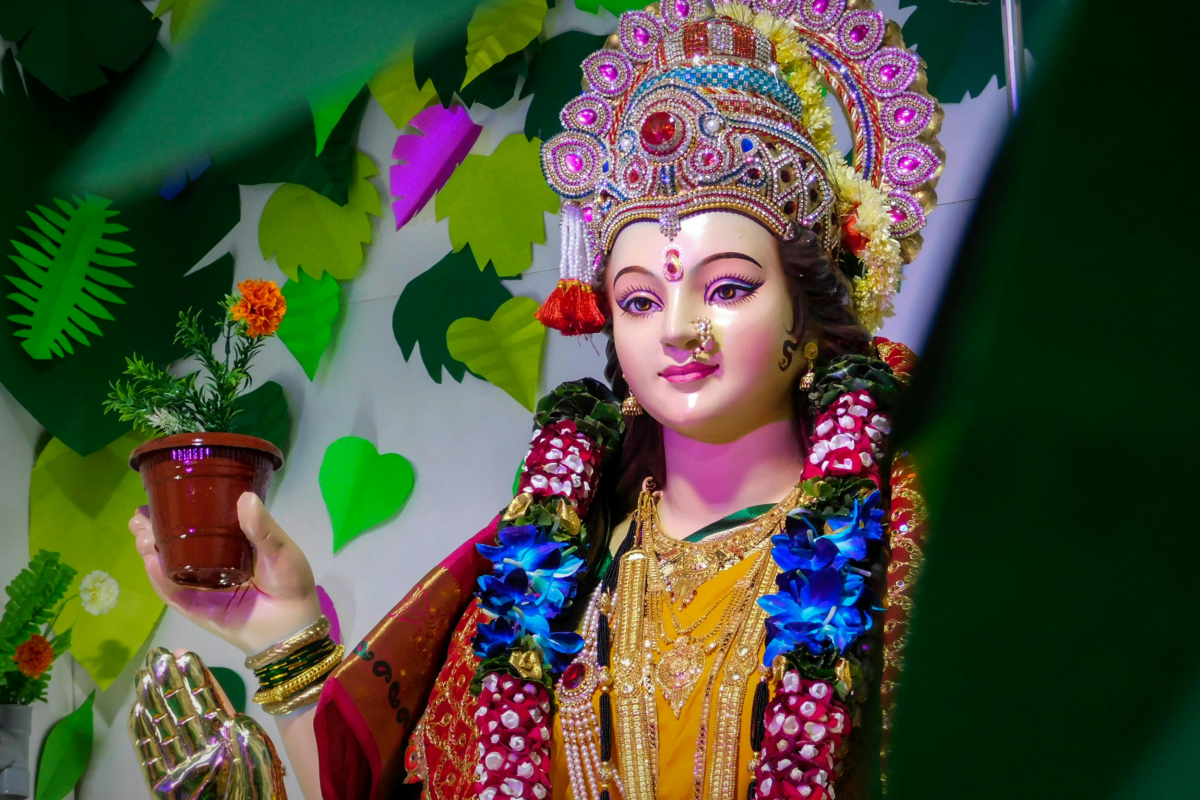
Other Names for Durgashtami
On Durgashtami, the weapons of Goddess Durga are worshipped, and for this reason, it is also called “Astra Puja.” The day is also known as “Virat Ashtami,” as it includes displays of martial arts and weaponry. Devotees undertake a rigorous fast and worship Maa Durga to receive her divine blessings. Durgashtami is celebrated with great devotion, especially in northern and western India. In some regions of Andhra Pradesh, it is known as “Bathukamma Padunga.”

Significance of Durgashtami Vrat
The Durgashtami fast holds special importance in Hinduism. The Sanskrit word “Durga” means “invincible,” and “Ashtami” signifies the eighth day. According to Hindu beliefs, Goddess Durga manifested as the fierce and powerful “Bhadra Kali” on this day. Durgashtami also commemorates her victory over the demon Mahishasura. It is believed that those who observe the Durgashtami fast with devotion are blessed with happiness and prosperity in life.
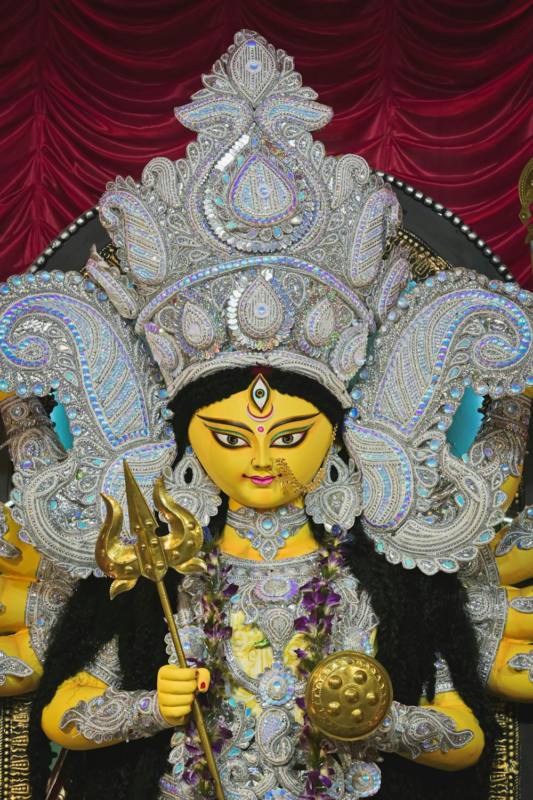
Story of Durgashtami Vrat
According to mythology, the demon Mahishasura was born in the lineage of demons, harboring a strong desire to be immortal. To fulfill this wish, he performed intense penance to please Lord Brahma. Pleased with his devotion, Brahma offered him a boon. Mahishasura requested immortality, but Brahma explained that birth and death are certain, and immortality is impossible. Mahishasura then asked for a boon that he could only be killed by a woman and that no man, god, or demon could defeat him. Brahma granted this boon.
With this blessing, Mahishasura became arrogant and began spreading terror. Free from the fear of death, he attacked Earth with his army, causing widespread destruction. He conquered the Earth, the netherworld, and even defeated Lord Indra, capturing the heavens.
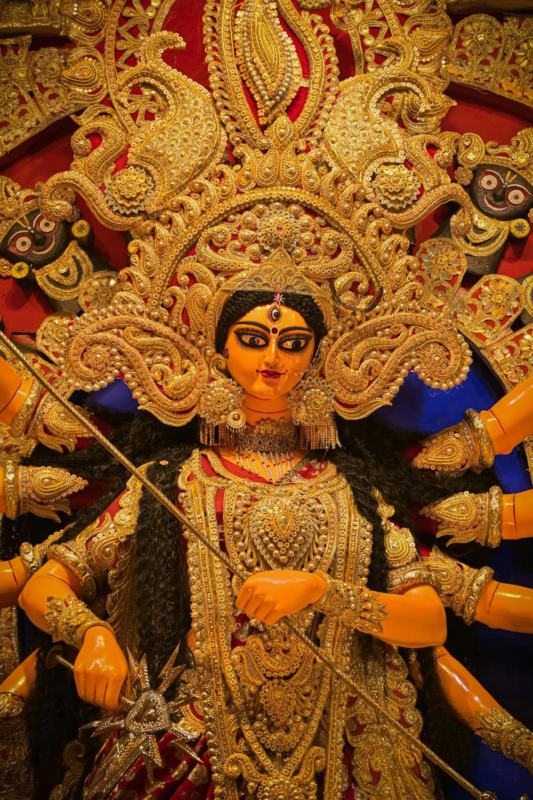
Seeking relief from Mahishasura’s tyranny, the gods went to the three supreme deities—Brahma, Vishnu, and Mahadeva. Lord Vishnu advised them to seek the help of Goddess Shakti. Responding to their prayers, Adi Shakti appeared and agreed to help.
Mesmerized by her beauty, Mahishasura sent a marriage proposal to the Goddess through his messenger. Offended by this insolence, Goddess Durga challenged him to a battle. Blinded by arrogance, Mahishasura accepted the challenge. In the ensuing battle, the Goddess destroyed Mahishasura’s army. The battle is believed to have lasted nine days, during which Mahishasura tried to deceive the Goddess by taking various forms, but all his efforts failed. In the end, Goddess Durga defeated and killed Mahishasura with her divine weapon.
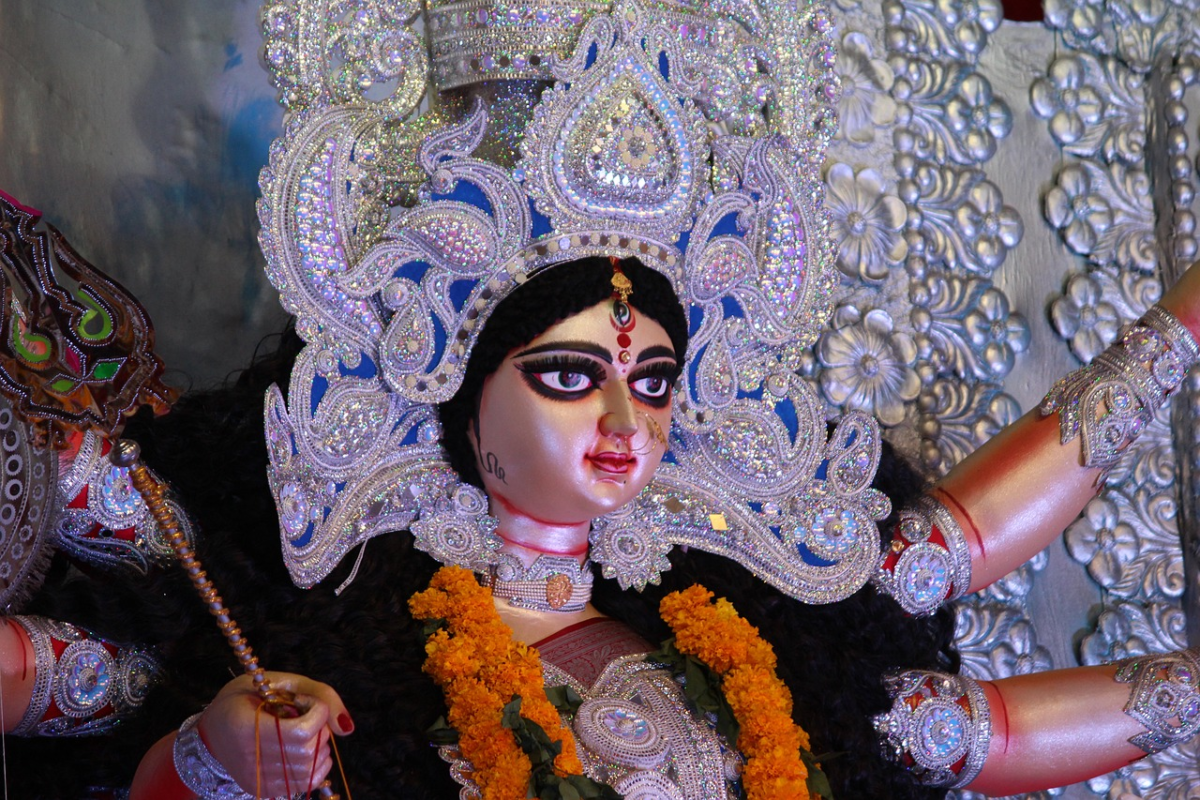
Adi Shakti was so captivatingly beautiful that Mahishasura became attracted to her and sent a marriage proposal through his messenger. Offended by Mahishasura’s audacious move, Goddess Durga became extremely furious and challenged him to a battle. Blinded by the boon granted by Lord Brahma, Mahishasura arrogantly accepted her challenge. In this battle, Goddess Durga systematically destroyed Mahishasura’s entire army. It is believed that this war lasted for nine days, during which Mahishasura tried various forms to deceive the Goddess, but all his attempts failed. Ultimately, Goddess Durga severed Mahishasura’s head with her divine chakra, bringing an end to his tyranny. From that day on, the festival of Durgashtami is celebrated to commemorate the victory of Goddess Durga, who liberated the heavens, the underworld, and Earth from Mahishasura’s evils.



